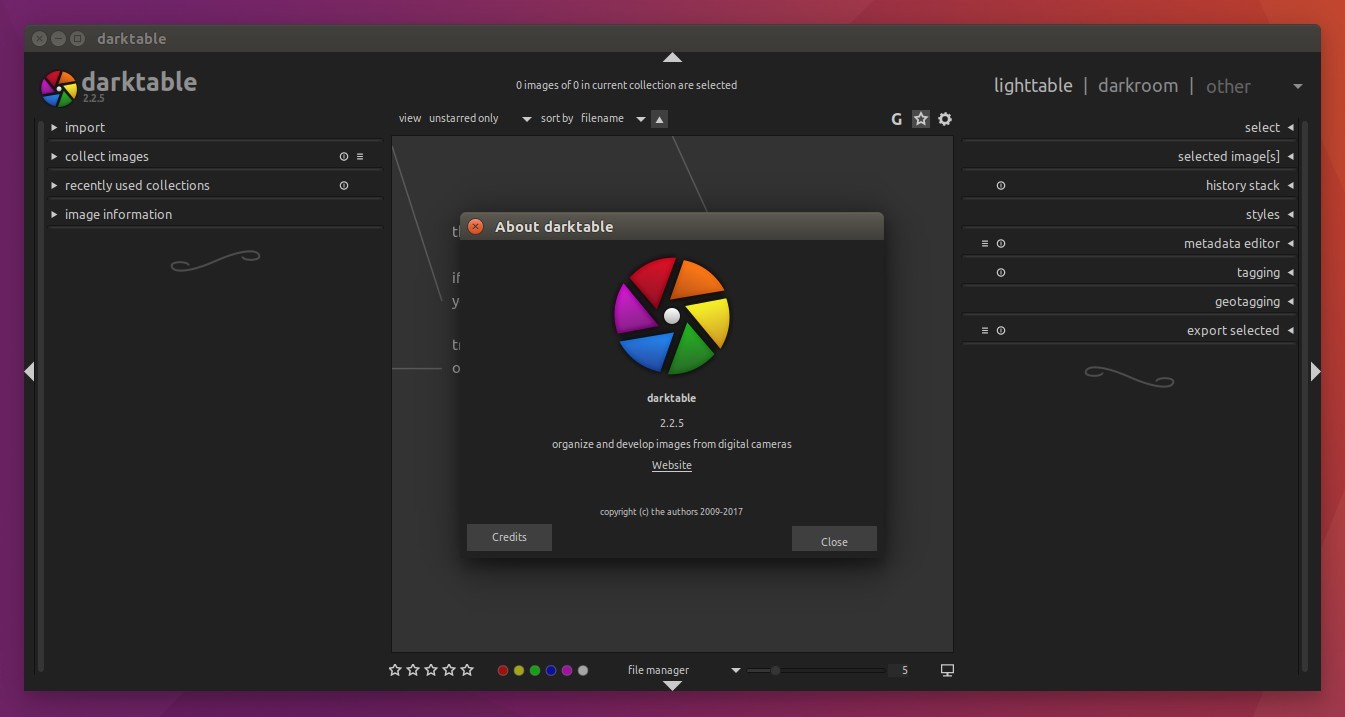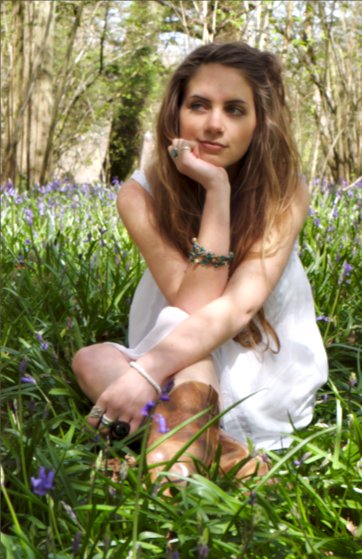

#Darktable tutorial video Patch
Using module Denoise - Profiled in non-local means mode, patch size 4, blend mode average, and parametric mask effecting shadows more than highlights.Using module Equalizer, Chroma tab - for not too heavy chroma noise reduction.I've found if you add some grain in, it helps trick the eye into thinking there's more detail there than there really is.Ī user on DP Review Forums documented his presets, see details here.
#Darktable tutorial video iso
When you denoise a very high ISO image, the loss of detail gets pretty bad sometimes. Click on any of them to get a larger cut: Original Here are small samples at 100% magnification. I have tested the styles on one of my photos taken with Nikon D7100 at ISO 1600. This way they show all together among my other styles (to rename a style use edit function): I have imported these files in my Darktable styles and renamed them so that they all start with "Denoise". Per group, and copy the history stack to the rest of the group. If I was changing exposure settings, then I denoise one image Iĭenoise one image, then copy the history stack and paste it to the rest of I usually shoot in manual, so all my exposures are pretty much the same. You can try them as a starting point for your own images or styles. dtstyle files, there are 4 files to download). Here a Darktable user shared his personal noise reduction styles (scroll down on that page to his. He even compares it to proprietary NoiseNinja used in AfterShot Pro: Denoising styles from William Fergusonĭarktable modules settings can be combined into and applied using styles. Demonstrates use of the method suggested in the documentation and gives brief overview of the other available denoising modules.
#Darktable tutorial video download
You can download the raw file if you want to experiment yourself. I have tested this method on one of my photos taken with Nikon D7100 at ISO 1600. I found it useful to add some aggressive settings for hot pixels removal too: I also found this ticket in Darktable's issue tracking system asking for a method to process these steps in parallel, without influencing each other. It is worth mentioning that the order of the modules in the processing pixelpipe matters in this case, so you can experiment which order works better for you. I named them step 1 - wavelets / color and step 2 - non-local means / lighten. Using presets is faster then setting things up every time. I have setup in my Darktable two new presets for Denoise – profiled module as per the description above.

For more information on blend modes have a look at Section 3.2.6, “Blending operators”. The “non-local means” instance should be combined with blend mode “lightness” or “HSV lightness” the “wavelet” instance with blend mode “color” or “HSV color”. If needed you can apply two instances of this module (see Section 3.2.4, “Multiple instances”). “non-local means” is a bit better suited to tackle luma (lightness) noise “ wavelet” has its strength in eliminating chroma (color) noise.

This module can eliminate noise with two different core algorithms. Quoting from official Darktable documentation talking about Denoise – profiled module: Make sure you watch the video by rawfiner to learn many useful tricks and techniques for denoising in this new version. In December 2018 version 2.6 came out which contains some improvements for Denoise – profiled module. Note that the article was initially written for Darktable 2.4. Intention of this article is to provide some useful pointers in one place. There is also a good thread on dpreview forums. In particular this thread followed by another one. This article was written after some practical advise appeared in darktable-user mailing list. By adding grain we can create an illusion of more detail in the image. Grain - after applying aggressive noise reduction images often lack detail and can look cartoonish.



 0 kommentar(er)
0 kommentar(er)
